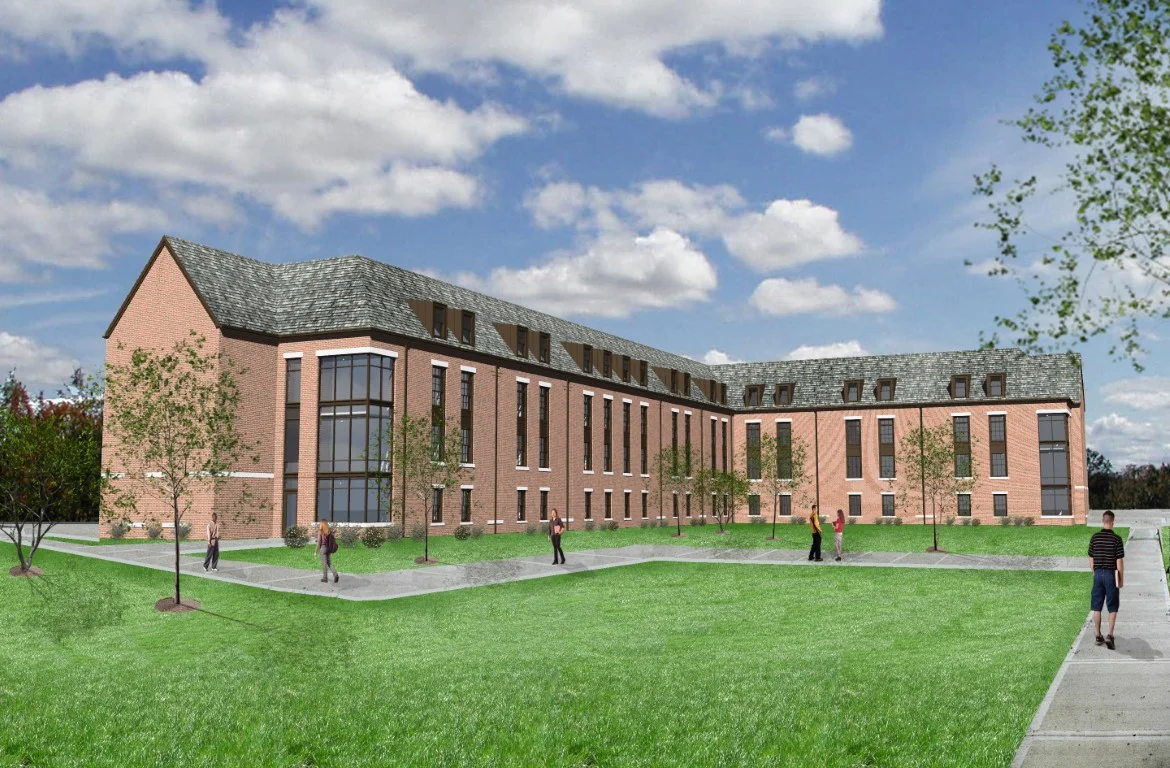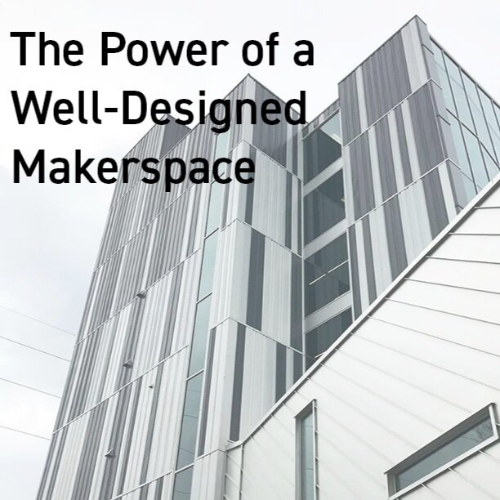7 Considerations Before Starting a Higher Education Architecture Project
Deciding you need higher education architects is the first step toward reaching your vision. To get here, you’ve probably identified a need, proposed a budget, and received permission from board members and other key shareholders.
Whether you have a historic building that needs maintenance and restoration, learning environments that need updating, or promised students and shareholders a new facility, we have you covered.
Before diving head-first into your higher education architecture project, it’s important to consider 7 crucial factors:
Priorities and Goals for the Project
Relationship and Interaction with the Surrounding Community
Site Utilization and Site as Learning Environment
Integrating Learning Environments + Pedagogy
Effect of Growth on the Facilities and Movement of Individuals Through the Facility
Maintenance Issues of Buildings and Grounds
Accessibility Issues within the Buildings
7 Higher Education Architecture Considerations
1. Consider your priorities and goals for the project
What is your pain point and what do you expect to accomplish by partnering with a higher education architecture firm? Is your space constricting or do you have unused space? Does your building need maintenance? By establishing a set of priorities and goals, we can align our designs and recommendations to meet your needs.
2. Consider those who may be affected by the renovations
It’s important to think about who will be affected by the renovation, tear down, or building of your project.
College building architecture is more than tall archways and study rooms; it must be reflective of the communities inside and outside the campus walls, the neighborhood’s culture, history, and more. Effective higher education design fosters community engagement; it is meant to cultivate community, innovation, togetherness, and progression.
3. Consider site utilization and site as a learning environment
Depending on the building, location, and even whether it is inside or outside, functionality of the pre-existing space is important. Understanding how a site will be utilized by students and communities as well as how they will act as learning environments are both equally important to the overall higher education architecture design.
4. Adapting to Active Learning Environments
Inspired by learner-centered pedagogies, Active Learning spaces can be a catalyst for improved teaching and learning. However, in order to be successful, these spaces must be grounded in your organization's mission, strategic goals, and culture. The design of the spaces is only one aspect. Developing a framework derived from existing teaching and learning culture Integrates into planning to create a sustainable approach to planning that builds relationships, aligns the organization, and emphasizes preparedness for Change. Strategies to mindfully plan and implement collaborative classrooms are essential to the success of the initiative. Our team implements active learning spaces that advance the educational mission by serving as institutional centers for innovation and experimentation.
5. Consider the effect of growth on the facilities and movement of individuals through the facility
If all goes well, your college or university is likely to continue growing in students and facility members. While the community may grow in numbers, it’s important to consider not only present circumstances but also future opportunities. How will existing spaces and buildings manage an influx of students over time? Will they have the resources to support student activity throughout the planned space?
6. Consider maintenance issues of buildings and grounds
Some universities have been around for centuries and have become a center point for the community. With long-standing facilities, it is possible that some buildings will have seen unforeseen maintenance issues.
Consider inside and outside maintenance issues that the project may run into as this can greatly affect the budget and timeline. Our experienced team of higher education architects is able to help you with building maintenance and assessments along with the overall master plan of your project.
7. Consider accessibility issues within buildings
We strive to provide optimal user experience for everyone who may enter the building. Some buildings may be more equipped to provide accessibility while others may need additional adjustments to provide functionality.
In addition to ADA compliance, it is important to think of all of your intended users as well as others who may also take advantage of the facility or space.
Our Approach to Higher Education Architecture
As an experienced higher education architecture firm we plan and design both K-12 architecture and higher education facilities for today and tomorrow with one primary goal in mind - to improve the experience of learning.
We see ourselves as not only higher education architects, but also change agents for creative learning communities. We utilize a rigorous, data-driven community engagement process that allows all stakeholders meaningful opportunities to directly participate in the process of visioning and planning.





